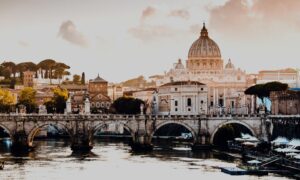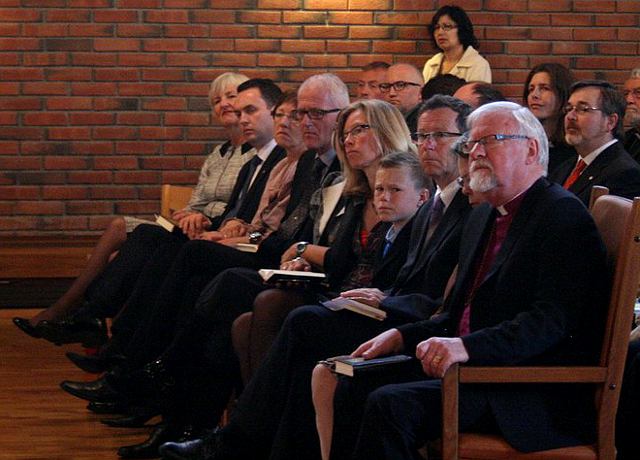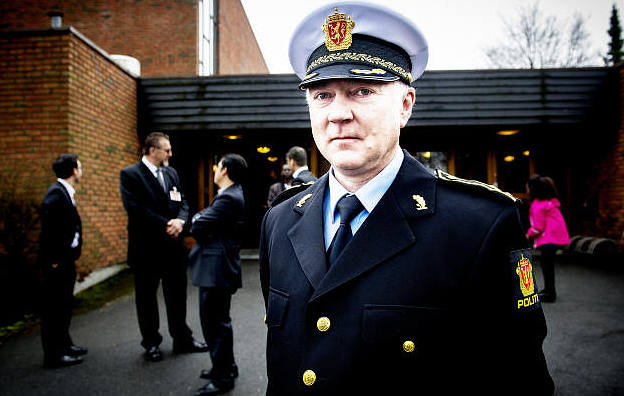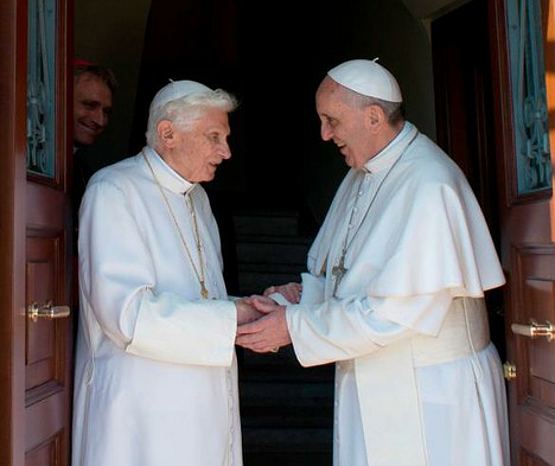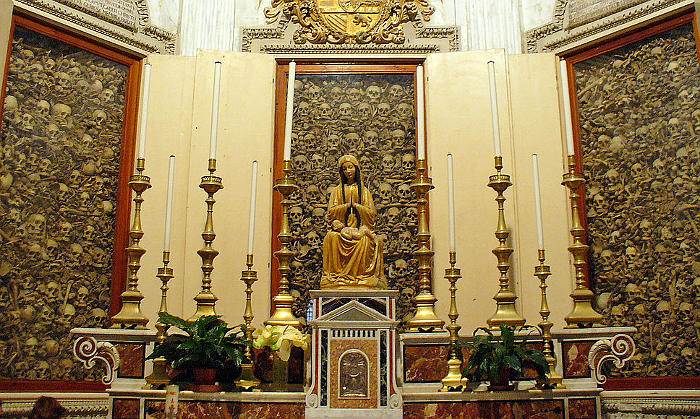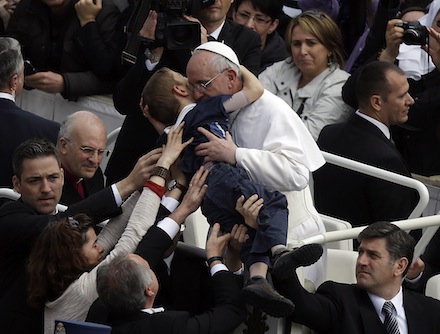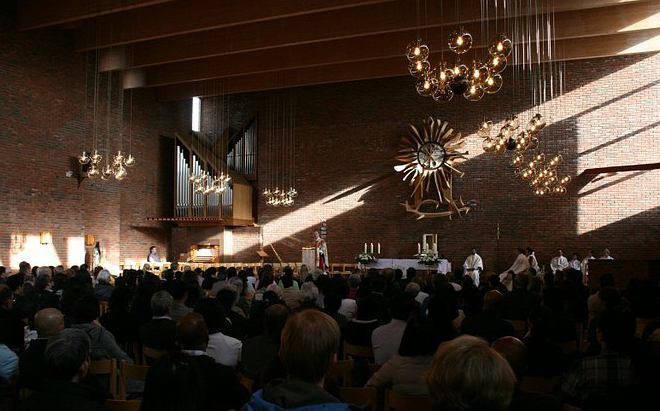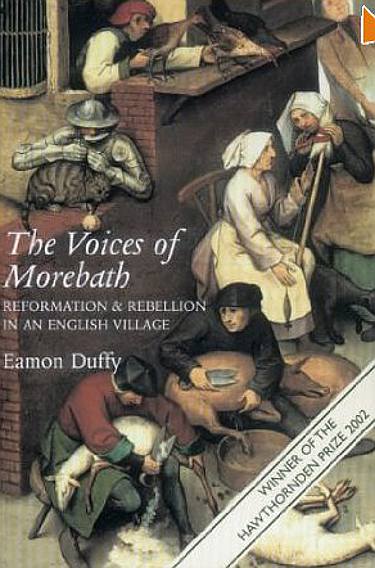To liv – i tro og i beskuelse
Dagens lesning til Matutin:
Fra den hellige Augustins kommentar til Johannesevangeliet.
To liv
Kirken kjenner til to liv, etter det som er blitt åpenbart og betrodd den av Gud. Det ene er å leve i tro, det andre i beskuelse; det ene liv er den tid vi er på vandring, det andre er livet i de evige boliger; det ene tilbringes i strev, det andre i hvile; i det ene er vi underveis, i det andre er vi hjemme i vårt himmelske fedreland; i det ene skal vi handle og virke, i det andre får vi vår lønn når vi skuer Gud ansikt til ansikt.
Det første liv symboliseres ved apostelen Peter, det andre ved Johannes. Det første liv forløper i sin helhet her på jorden inntil verdens ende, og her tar det også slutt; det andre begynner først etter verdens ende, men i den kommende verden tar det aldri slutt. Til Peter sies det derfor om det første liv: «Følg meg»; og om det andre sies det angående Johannes: «Dersom jeg vil at han skal bli værende inntil jeg kommer, hva angår det deg? Følg du meg!». Hva betyr så det? Så langt jeg kan fatte og begripe må dette bety: Du skal følge i mine fotspor i den forstand at du skal utholde onder som varer en tid, men han skal forbli værende inntil jeg kommer og bringer goder som ikke forgår. Dette kan sies klarere slik: Den fullkomne handling, merket med eksemplet fra min lidelse, skal følge i mine fotspor; den beskuelse som er påbegynt, skal forbli værende inntil jeg kommer, og når jeg kommer, vil jeg bringe den til fullendelse. Saktmodig å følge Kristus like inn i døden er fylden av tålmodighet; fylden av visdom forblir værende inntil Kristus kommer, og da skal den åpenbares. I dette liv må vi utstå denne verdens ondskap i de døendes land; i det neste skal vi skue Herrens godhet i de levendes land.
Når Herren sier: «Jeg vil at han skal bli værende inntil jeg kommer», er det ikke slik å forstå som om han sa: «bli igjen» eller «forbli for godt», men det betyr å vente, fordi det Kristus sier, skal ikke gå i oppfyllelse nå, men når han kommer tilbake. Men det som han sier til Peter: «Følg meg», kan ikke vente, for ellers når han ikke frem til det som ligger og venter. Nå skal man ikke skille disse to berømte apostler ad. De befant seg begge i det som Peter stod for, og begge ville befinne seg i det som Johannes symboliserte. Det var symbolsk at den ene skulle følge og den andre bli værende. Men hva troens liv angår, var det slik at begge utstod denne verdens elendighet, og begge så frem til de kommende goder i den fremtidige salighet. Men det er ikke bare Peter og Johannes dette angår — slik forholder det seg med hele Kirken, Kristi brud, for den skal befris fra de nåværende fristelser og frelses inn i den kommende salighet. Peter og Johannes symboliserte hver for seg de to liv; i virkeligheten vandret begge i livet her nede ved troen, og begge fikk del i det salige syn i evigheten.
Til beste for alle de hellige som er uadskillelige lemmer på Kristi legeme, fikk Peter, den fremste av apostlene, himmelrikets nøkler til å binde og løse for å styre Kirkens skip gjennom denne verdens stormer. Det var til beste for disse samme hellige at Johannes hvilte ved Kristi bryst, for å tilby dem det indre livs lune bukt. Det er nemlig ikke Peter alene, men hele Kirken som binder og avløser synder. Det er heller ikke Johannes alene som drikker av kilden fra Herrens bryst, han som forkynte Ordet i opphavet som var Gud hos Gud og andre ting om Kristi guddom og dype sannheter om Guds trefoldighet og enhet, som vi skal skue ansikt til ansikt i himlenes rike, men som inntil Herrens gjenkomst kun kan skimtes som i et speil, en gåte. Nei, det er Herren selv som utbrer selve Evangeliet over hele jordens krets slik at alle som tilhører ham, kan drikke av det, enhver etter det han formår.
